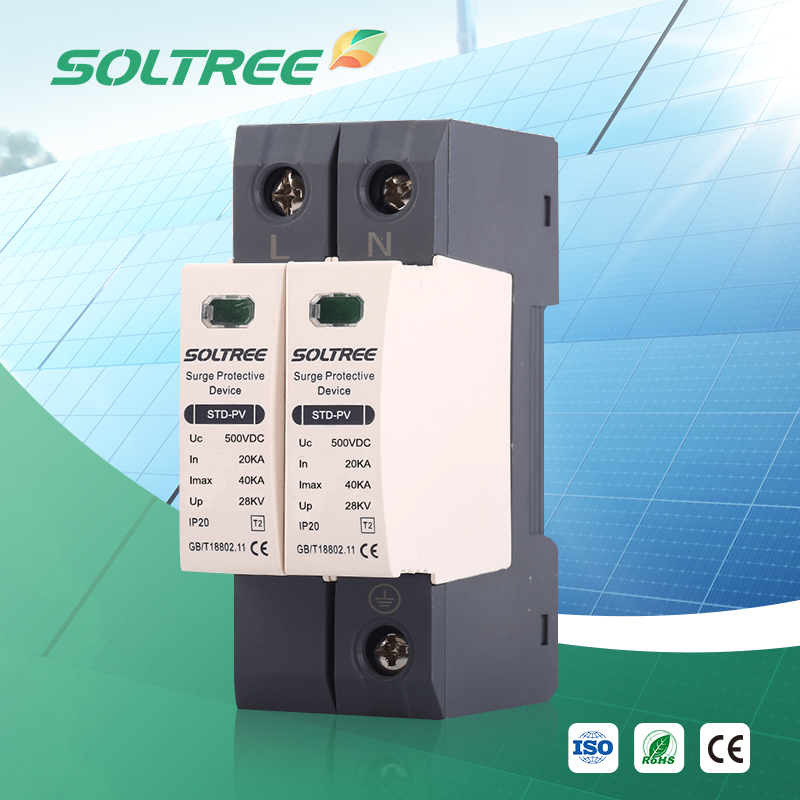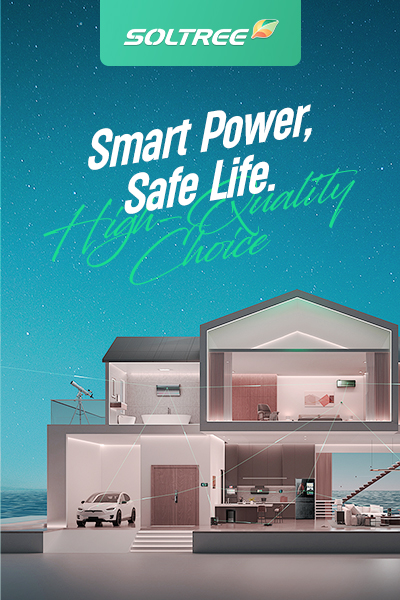Power surges that happen out of the blue can silently damage important systems and electronics, causing costly downtime and damage that can’t be fixed.
Surge protective devices (SPDs) are specific tools that keep electrical systems and equipment from getting transient overvoltages, which keeps them running safely and dependably.
It’s not just about safety when you choose the correct surge protection; it’s also about strategy. This book will show you how Type 1, Type 2, and Type 3 SPDs work together, when to utilize each type, and how to make a tiered defense-in-depth strategy that keeps your electrical system safe.

What Are Surge Protective Devices and Why Are They Important?
Electrical problems can arise at any time. For example, a lightning strike, a grid switch, or even turning on and off equipment can cause unexpected surges. Most of the time, these surges go unnoticed until something breaks down and costs a lot of money.
A surge protective device (SPD) is made to absorb and deflect dangerous voltage spikes so that they don’t hurt equipment, shorten its life, or cause downtime.
Surge protection is not a choice; it is a must-have for modern infrastructure. Knowing what SPDs do may help businesses and homeowners protect their investments, follow safety rules, and make their electrical systems stronger so they can handle both natural and man-made problems.
Understanding the Surge Protection Hierarchy
It’s hazardous to depend on only one device because no surge protector can guard against every situation.
A full surge protection plan uses a layered approach, with Type 1 at service entries, Type 2 at distribution panels, and Type 3 at equipment outlets.
This cascading system operates like a security checkpoint: the first barrier stops high-energy hits, the second filters out minor surges, and the last level safeguards sensitive electronics. Together, they make things more redundant, less vulnerable, and less likely to go down for long periods of time, which makes essential facilities safer in the long run.
Type 1 Surge Protective Devices: The First Line of Defense
When lightning strikes or the power system goes down, the surge hits your building’s service entry the hardest.
Type 1 SPDs are put in at the main service entrance and are made to handle the biggest surges, such direct lightning strikes.
Important Features
- Put in before or after the primary breaker.
- Handles surge currents that are quite high (50kA–200kA+).
- Tested with a 10/350μs waveform (like a lightning bolt).
Applications
Perfect for factories, hospitals, data centers, and structures that are likely to get struck by lightning. They are stronger than any other SPDs, but they are also bigger and more expensive.
Type 2 Surge Protective Devices: Distribution Level Protection

Residual surges can still get into branch circuits and destroy equipment even after the first defense.
Type 2 SPDs are put in at distribution or sub-panels to stop switching surges and lightning impacts that happen inside the structure.
Important Features
- Surge current capacity: 20kA to 100kA.
- Tested using a waveform of 8/20 μs.
- Used a lot in panels for homes, businesses, and factories.
Applications
This is common in office buildings, HVAC systems, and motor control centers. Type 2 SPDs are cheaper than Type 1 and offer good protection against most common surge threats.
Type 3 Surge Protective Devices: Point-of-Use Protection
Small surges frequently go unnoticed, but they can damage devices over time.
Type 3 SPDs are put immediately at outlets or equipment, where they give sensitive electronics their last line of defense.
Main Features
- Surge current capacity: 5,000 to 20,000.
- Put in at least 30 feet from the entrance to the service.
- Often built inside power strips or other devices.
Applications
Used for PCs, TVs, phones, and smart home electronics. They also cut down on electrical noise, which makes devices last longer and work better.
Comparing SPD Types: A Side-by-Side Analysis
| Feature | Type 1 SPD | Type 2 SPD | Type 3 SPD |
|---|---|---|---|
| Installation Location | Service entrance | Distribution panels | Outlets / Equipment |
| Surge Capacity | 50kA–200kA+ | 20kA–100kA | 5kA–20kA |
| Main Protection | Direct lightning | Switching surges | Residual surges |
| Cost | Highest | Moderate | Lowest |
This comparison highlights how each type fits into the overall defense system—together they form a complete protection chain.



